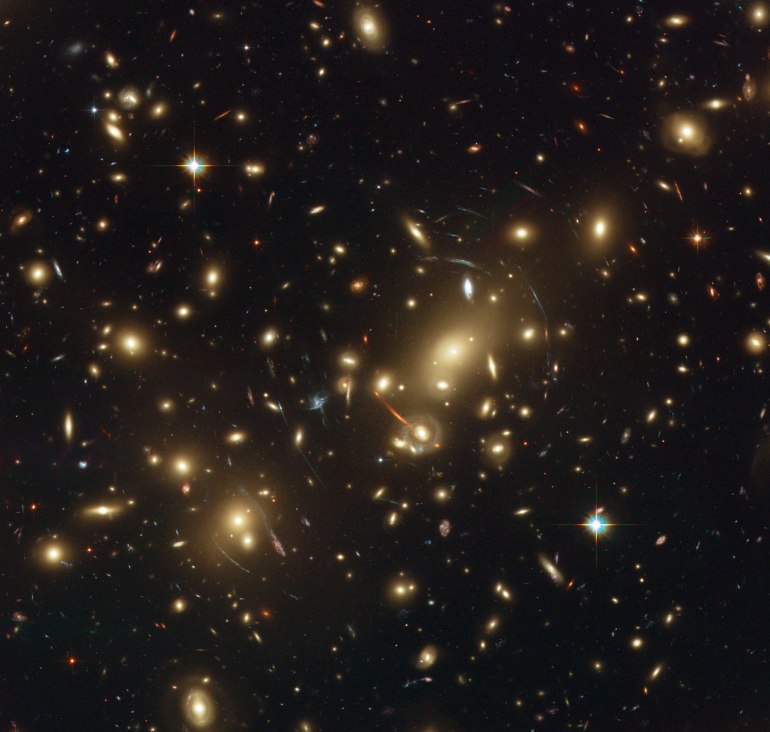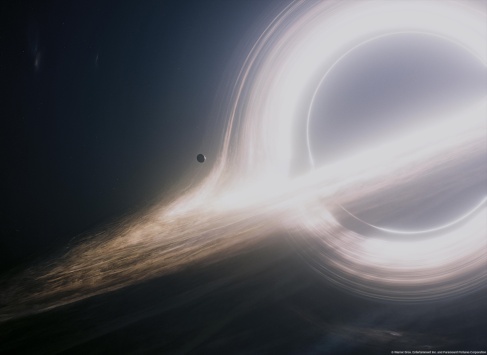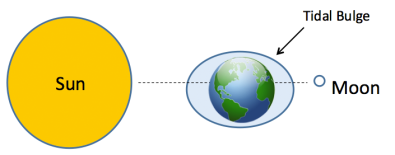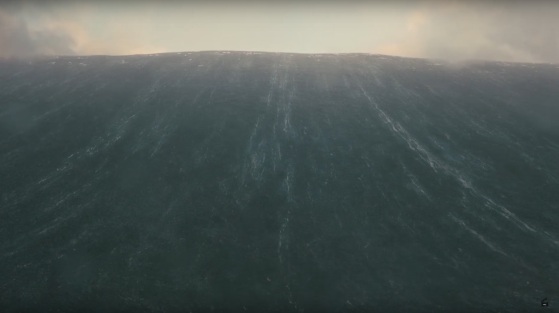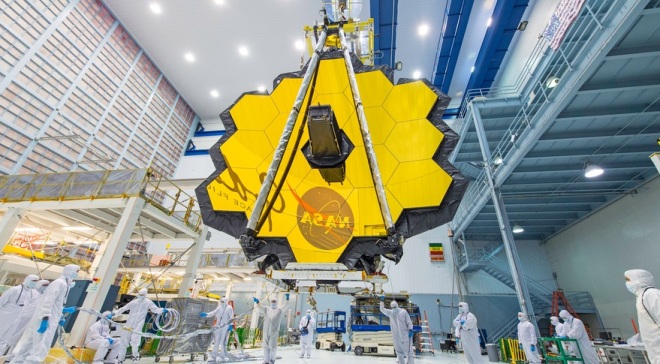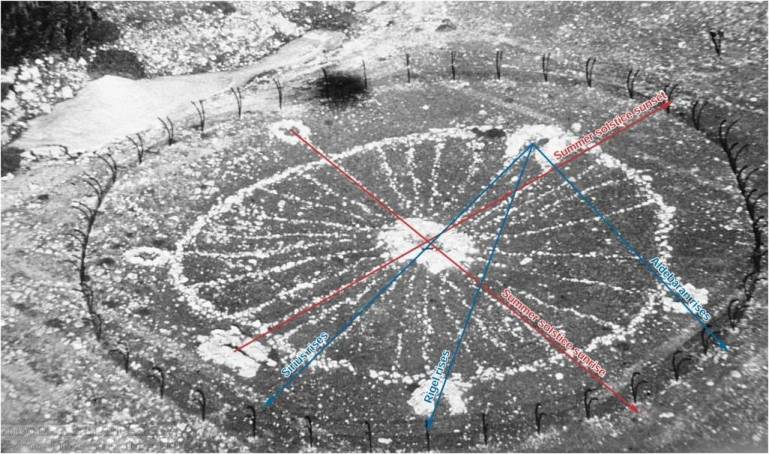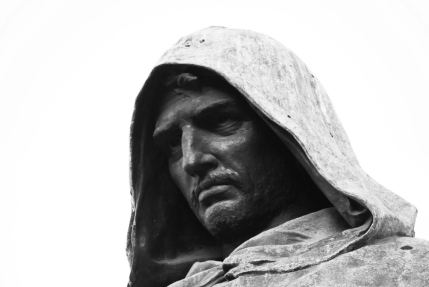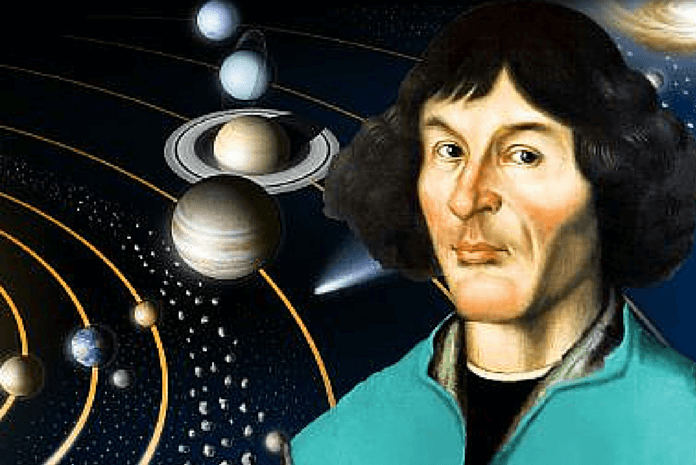The Voyager Golden Record is a phonograph record that was launched on Voyager 1 and Voyager 2. It contains a variety of sounds and images that are meant to portray the diversity of life and culture on Earth. The 116 images were carefully selected by a team led by astronomer Carl Sagan. The cover of the record has engravings that are intended to serve as instructions for any extraterrestrial that discovers Voyager.
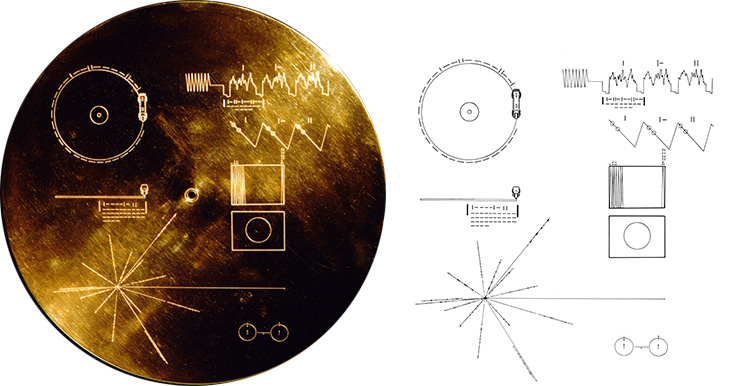
The instructions on the cover include how to construct the pictures from the signals recorded. The top right image shows the beginning of the recorded signals and how it traces to vertical lines. The circle in the box is a calibration image to indicate the correct horizontal and vertical height ratio. The image in the bottom left is a pulsar map indicating the location of our solar system in relation to 14 pulsars. The image on the bottom right is of a hydrogen atom in its two lowest states. The interval between these two states is used a fundamental time unit.
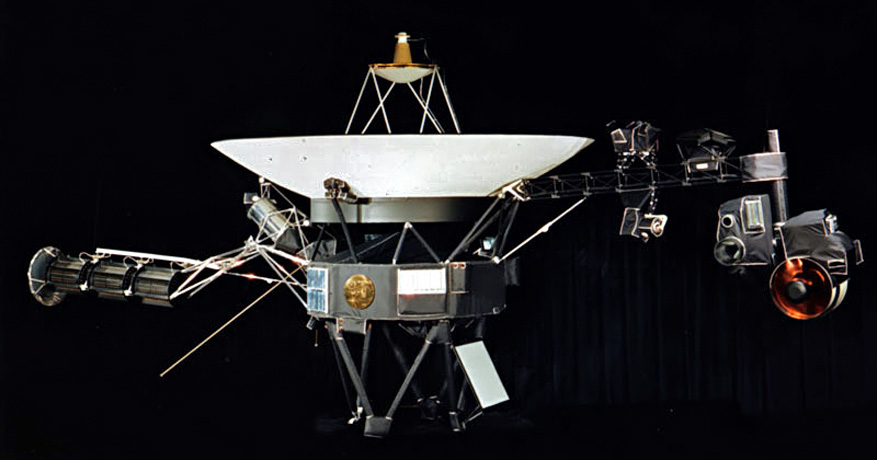
The mission status of Voyager 1 and 2, including their elapsed mission time and their distance from Earth can be seen here. Both have been traveling for over 40 years now and are moving over 30,000 mph. An interesting fact, since Earth travels around the Sun at approximately 67,000 mph, there are times of the year when the distance between Earth and Voyager decreases.

